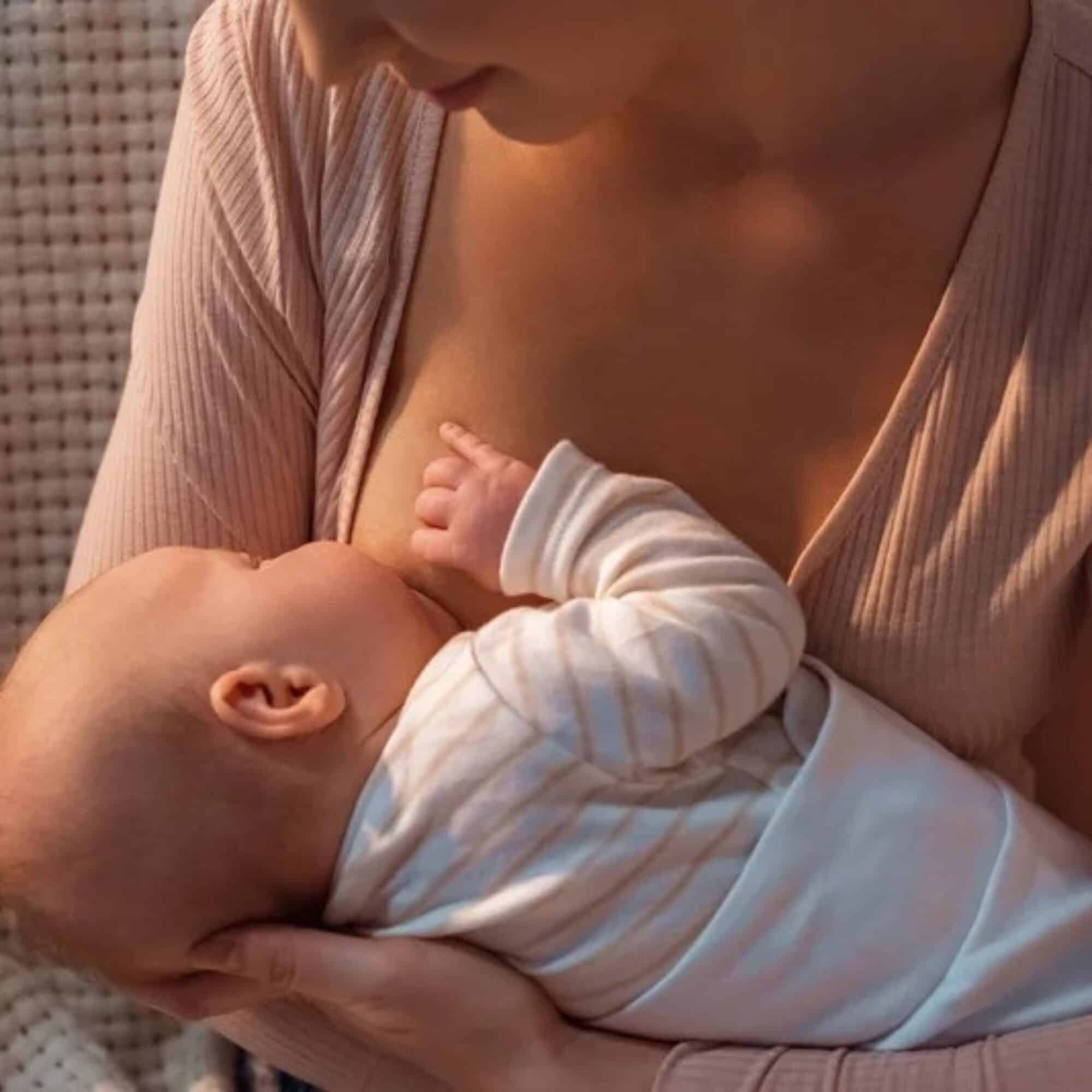To mark World Breastfeeding Week 2025, Debra Hennessy IBCLC at Family Nursing and Home Care (FNHC), and Deborah McCoy Certified Breastfeeding Specialist Midwife at Health Care Jersey (HCJ), have collaborated on a series of Blogs to celebrate the week.
Blog 4 – Is my baby getting enough breast milk?
Your newborn baby will want to feed frequently in the early days and weeks after birth. This is completely normal with newborns feeding 8-12 times in a 24-hour period, breastmilk is everything a baby needs for the first 6 months of its life and there will be times your baby just wants a light snack rather than a three-course meal. Your baby’s tummy is tiny, and breastmilk is easily digested so feeding frequently will help them grow.
Your baby may lose up to 8% of its birth weight in the first few days after birth, as your lactation establishes your baby will regain the lost weight, with most babies returning to their birth weight by 14 days after birth. Babies should then maintain a steady weight gain, seek further advice and support from your midwife, health visitor, infant feeding specialist midwife or lactation consultant if you are concerned about your baby’s weight gain.
Your baby’s poo and urine output is also a good indicator of how much milk they are getting.
Day 0 -2 Meconium is present which is dark green and tarry in consistency with 1-2 poos usually seen. 1-2 or more wet nappies over 24 hours is normal. It is not unusual to see a dark pink or orangey substance in some babies’ nappies in the first couple of days, this is called urates and is not a problem at this stage.
If urates continue after the first couple of days you should tell your midwife as this may be a sign that your baby is not getting enough milk.
Day 3-4 Changing poo usually looser, brown in colour and at least 2-3 poo’s in 24 hours. 3 or more wet nappies starting to feel a little heavier and pale in colour. Urine that is dark yellow can also be a sign that your baby is not having enough milk
Day 5-6 Poo should now look yellow in colour, watery with a seed-like appearance. Your baby should be having 2 or more yellow poo’s the size of a £2 coin and 5+ wet nappies which should be heavy is what would be expected at this stage.
Day 7-28 At least 2 yellow poo’s and 5 or more heavy wet nappies are what your baby should be passing at this age.
Responsively breastfeeding your baby when your baby is showing cues for feeding or when your breasts feel full, or you just need some time to sit and rest will ensure you establish and maintain your milk supply for the weeks and months to come. Remember you can’t overfeed your breastfed baby. You and your baby are also continuing the close and loving relationship that started before your baby was born. Breastfeeding is so much more than just food.
Always offer both breasts at each feed, your baby might not always want to feed from the second breast, but you might notice that there are certain times when your baby will be looking to feed more, especially when having a growth spurt.
It is not unusual for your baby to cluster feed during the evening and into the night. Your hormone called Prolactin dips towards the end of the day with an increase in prolactin levels during the night. Your baby will want to feed several times in the night during the first few months following birth.
It is important to remember every baby is different and no two feeding journeys will be the same. If your baby is gaining weight well then following their pattern for feeding is the best way to meet their needs. Watch your baby not the clock.
Providing Help
